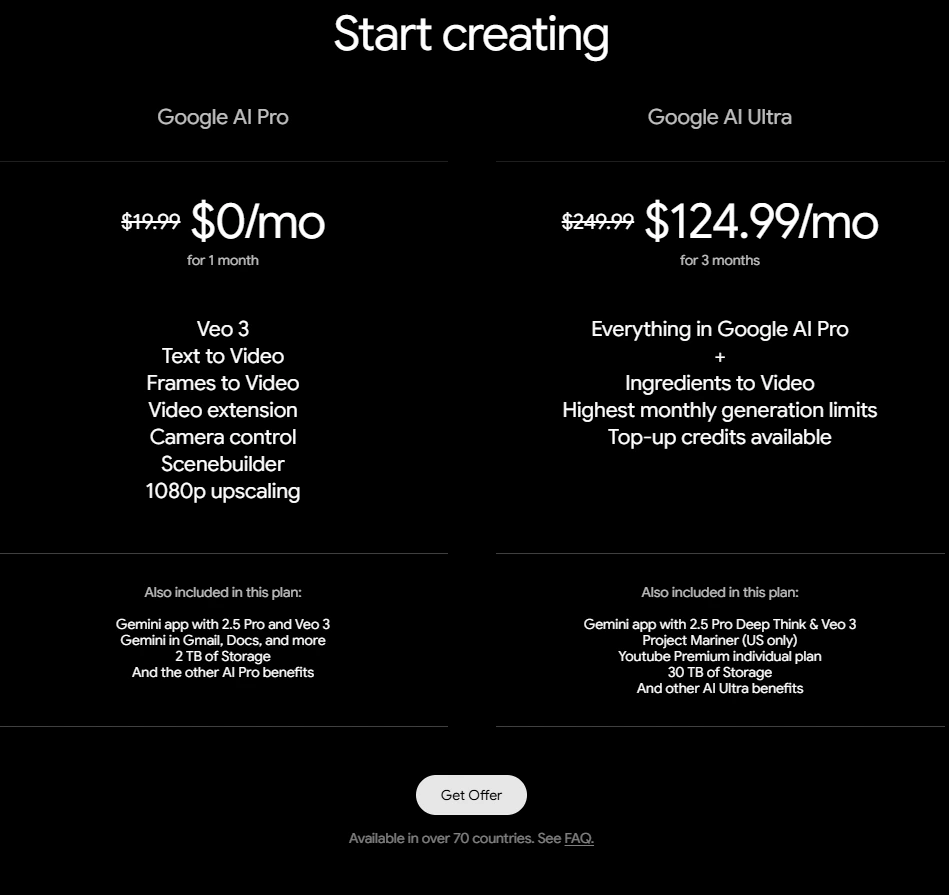What Is Veo 3?
Google’s unveiling of Veo 3 at I/O 2025 marks a significant advancement in AI-driven video generation. This tool enables users to create high-quality videos from simple text or image prompts, complete with synchronized audio elements such as dialogue and sound effects. While Veo 3 offers exciting possibilities for content creation, it also prompts important discussions about its broader implications.
Expanding Access to Veo 3
Initially available only in the United States, Veo 3’s accessibility has recently expanded to 71 additional countries. This rollout, however, excludes the European Union, the UK, and India. Users can access Veo 3 through the Gemini app or via Google’s Vertex AI platform, provided they subscribe to the premium Google AI Ultra plan, priced at $249.99 per month. This expansion reflects Google’s commitment to making advanced AI tools more widely available, though it also raises questions about equitable access and affordability.

Ethical Considerations and Content Moderation
Veo 3’s capabilities have sparked debates about the ethical use of AI in content creation. The tool’s ability to generate realistic videos with synchronized audio raises concerns about potential misuse, such as the creation of deepfakes or misleading content. Google has implemented content moderation measures to prevent the generation of videos involving political figures or violent acts. However, the effectiveness of these safeguards and the potential for unintended consequences remain topics of discussion among experts and users alike.
Impact on the Creative Industry
The introduction of Veo 3 has significant implications for the creative industry. By automating aspects of video production, such as scripting, voice acting, and editing, Veo 3 could streamline workflows and reduce production costs. However, this automation also poses challenges for professionals in fields like filmmaking, animation, and sound design, who may face job displacement or the need to adapt their skill sets.
Industry Response
Reactions to Veo 3 have been mixed. Some users praise its potential to democratize video creation, allowing individuals and small businesses to produce high-quality content without extensive resources. Others express concern about the tool’s impact on creative authenticity and the potential erosion of human artistry in storytelling. Industry professionals are closely monitoring Veo 3’s adoption and its effects on content creation standards and employment.
Google’s Veo 3 represents a significant advancement in AI-powered video generation, offering new opportunities for content creation while also raising important ethical and industry-related questions. As the technology continues to evolve and become more accessible, stakeholders across various sectors must engage in ongoing dialogue to navigate the challenges and opportunities presented by AI-driven tools like Veo 3.
For more insights into Veo 3 and its implications, visit our detailed coverage on TTR Group.


